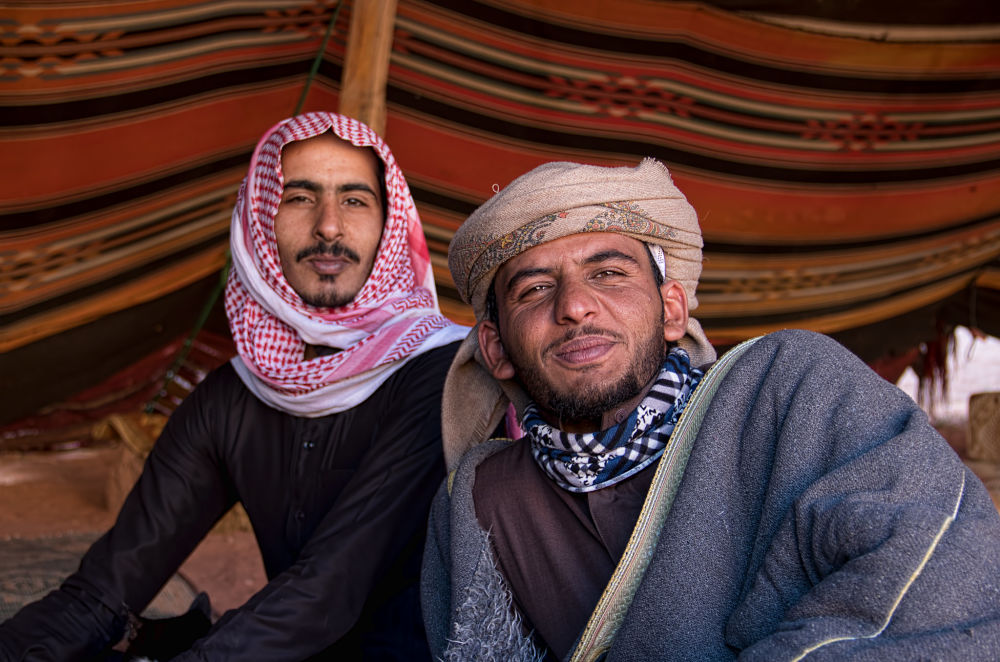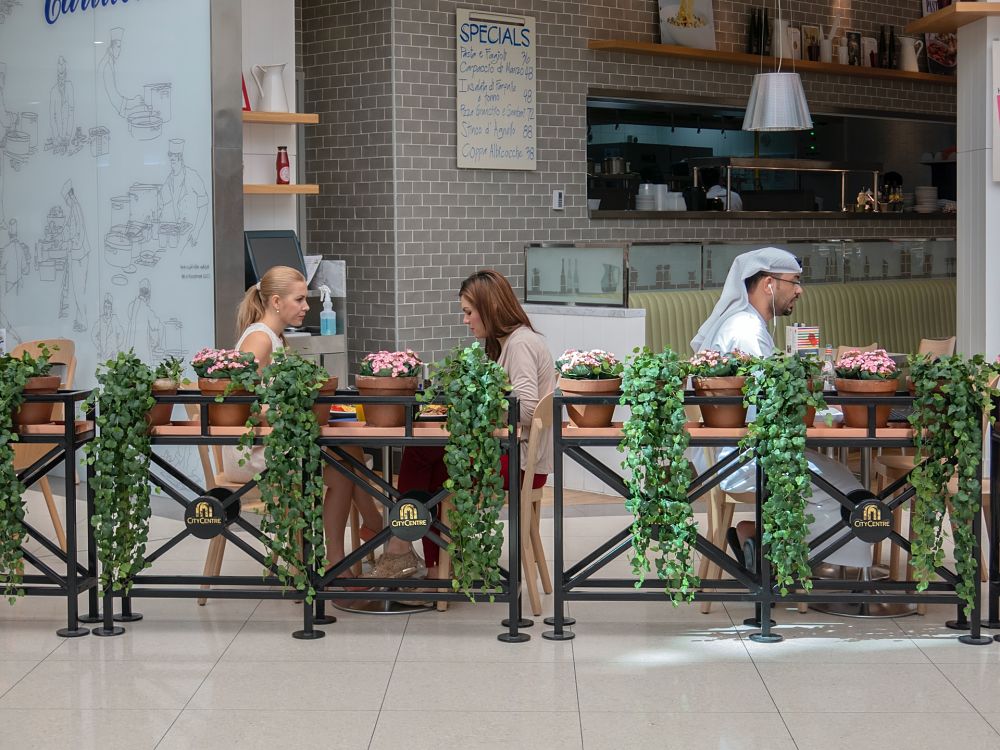A common question foreigners moving to or working in the Middle East ask at cultural awareness training sessions is, "Why do the men wear the headdress?"
Great question!
So let's discover more about the reasons behind it.
The traditional Arab headdress or headgear, worn by men of all ages at all levels of society, is most common in The Gulf region, i.e. Saudi Arabia, UAE, Bahrain and Kuwait, although it is also widely worn by Arabs in other parts of the Middle East.
DON'T MISS THE SAMPLE OF OUR
ELEARNING COURSE ON THE MIDDLE EAST AT THE END!
What is the Head Gear called?
The rectangular cloth, which is made from cotton, is commonly referred to as the ghutra or kufiyah.
The cord that holds it in place to stop it blowing about in the wind or falling off, is known as the iqal.
Why do they Wear the Head Gear?
The light colour of the headgear helps to reflect the heat of the sun and cool the body, while the cover it gives to the neck and face helps to prevent sunburn.
During cooler temperatures, heavier headdresses can fulfil the reverse function and keep the body warm. As such, in the prevailing desert climates of the Middle East, this piece of clothing is essential to protecting people from the sun, sandstorms and the dramatic drop in temperature overnight.

When encountering a sandstorm, what better way to protect the head and face than the ghutra? As with all cultures, our clothing is heavily shaped by the environments we live in.
Photo taken by Kathleen in Wadi Rum (Jordan) - Flickr (CC BY 2.0)
What About the Arab Culture?
However, the headdress doesn’t just serve a practical purpose.
It’s also an important part of Middle Eastern culture which helps to connect men to the traditions and customs of their native country.
For example, in Saudi Arabia and the UAE, the headdress is typically worn with a long white shirt that reaches the ankle, known as a thobe, or dishdasha / kandoora.
Together, the thobe, ghutra and iqal make up the national dress.
Most Saudis and Emiratis wear their national dress with pride. The thobe is typically well ironed and clean when donned. With the concept of ‘honour’ playing a key role in Middle Eastern culture, wearing a thobe with even the smallest stain would impact the reputation of the wearer.

In Saudi Arabia, wearing the ghutra is a must! It's worn by almost all men, each with their individual little tweaks.
Photo by ITU Pictures on Flickr (CC BY 2.0)
Is it influenced by Islam?
The ghutra and thobe are also an important part of Islamic culture as they enable the wearer to dress modestly.
In Islam, it’s not only women who are required to dress modestly, men are also required to adhere to a dress code and cover all part of the body between the waist and the knees.
Wearing a loose-fitting thobe ensures men are properly covered and modest in their attire. It also ensures that they are suitably dressed for the Islamic prayer which is read five times per day.

Even in highly modernized countries such as Dubai in the UAE, the headdress is still worn by the vast majority of locals.
Photo by mostafa meraji on Unsplash
Why is it Chequered and also White?
It’s believed that the ghutra has traditionally always been plain white as there are no accounts, photos or pictures to suggest otherwise. The red and white checked headdress seems to be a recent cultural innovation, although this is debated by some.
Due to the diversity of Middle Eastern countries and differences in the cultures and ethnicities of people living in the region, you will see a vast array of headdresses and clothing.
However, despite these differences, all pieces of clothing serve a practical purpose relating to the environment whilst also adhering to the Islamic religious requirements
If you are an expat relocating to the Middle East, (in particular Saudi Arabia or the UAE) then be aware that locals are very proud of their national dress.
Wearing it as a joke, or laughing as you put it on, would be perceived very negatively and damage your reputation.
Likewise, wearing stained or creased thobes or ghutras would also be perceived negatively as this would be considered disrespectful. If you choose to wear any parts of the national dress, then do so with respect and ensure it’s worn properly.
Interested in the Middle East?
If you have an interest in the region and its culture, then you'll enjoy our cultural awareness course!
Watch a sample of the course video below or go to the course page where you can also upgrade for full access..
Main image by World Economic Forum on Flickr (CC BY-NC-SA 2.0) Copyright World Economic Forum (www.weforum.org) swiss-image.ch/Photo by Remy Steinegger
